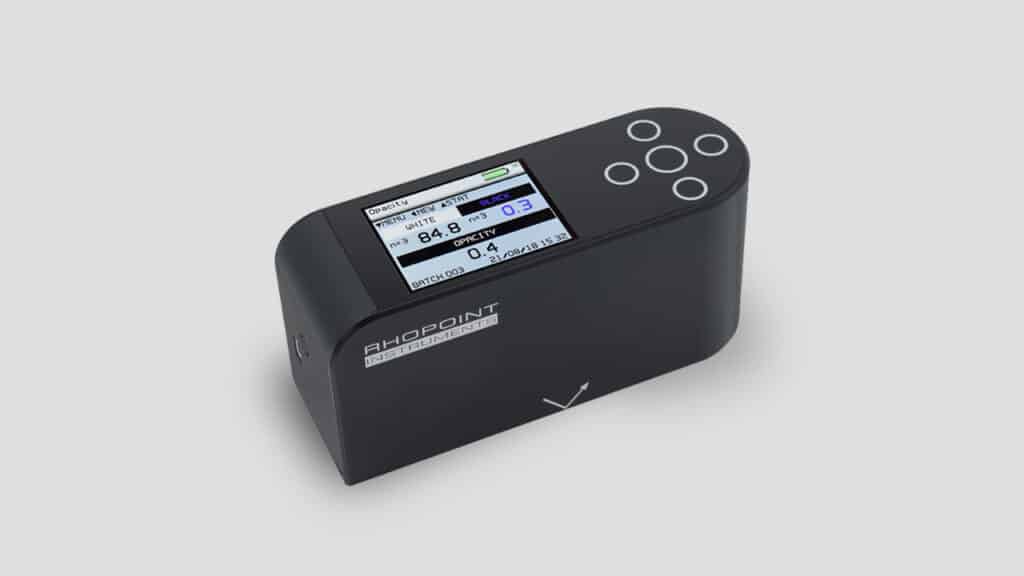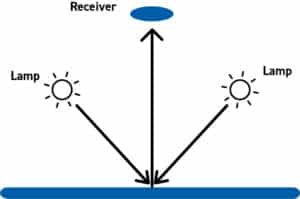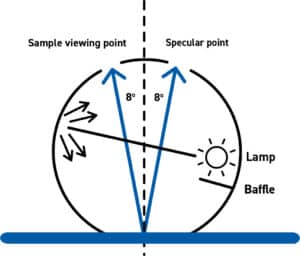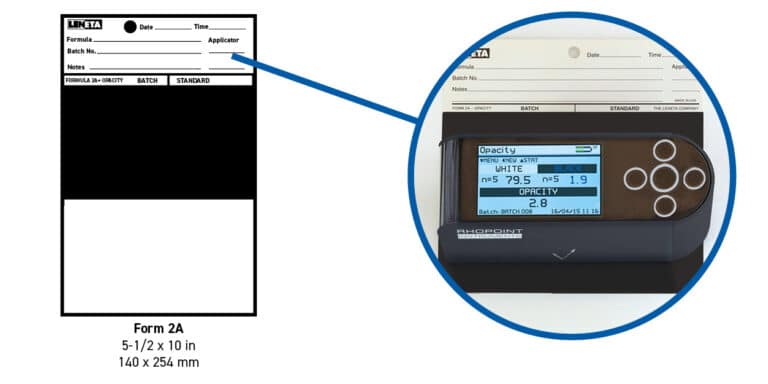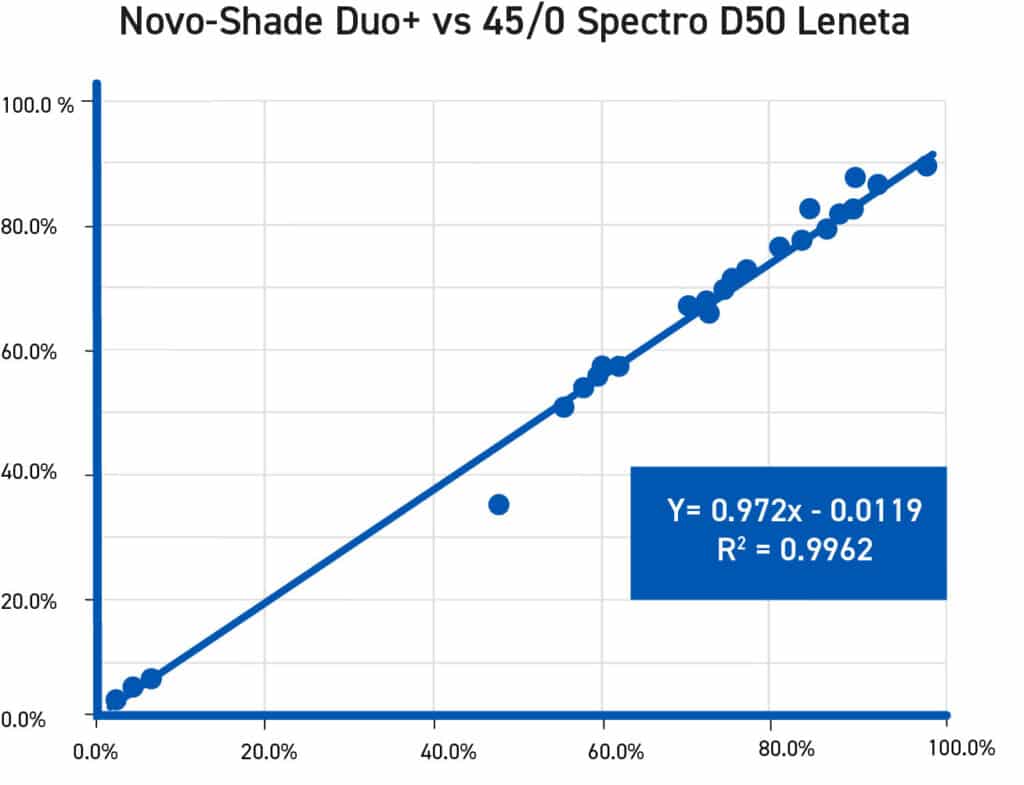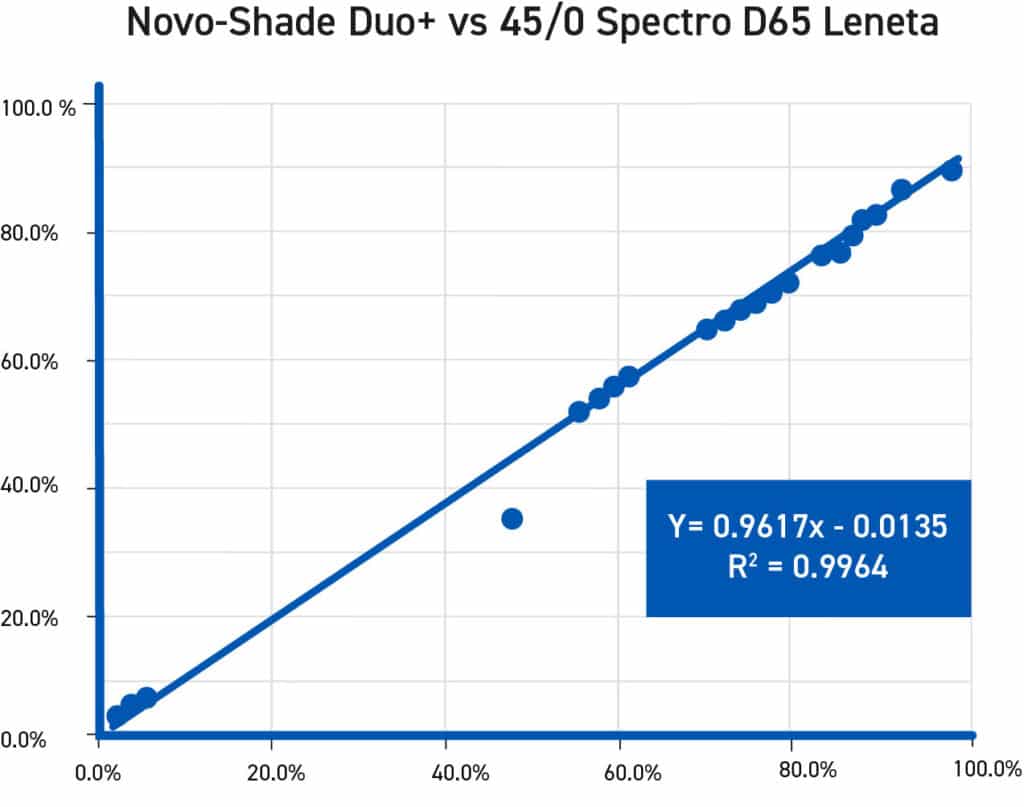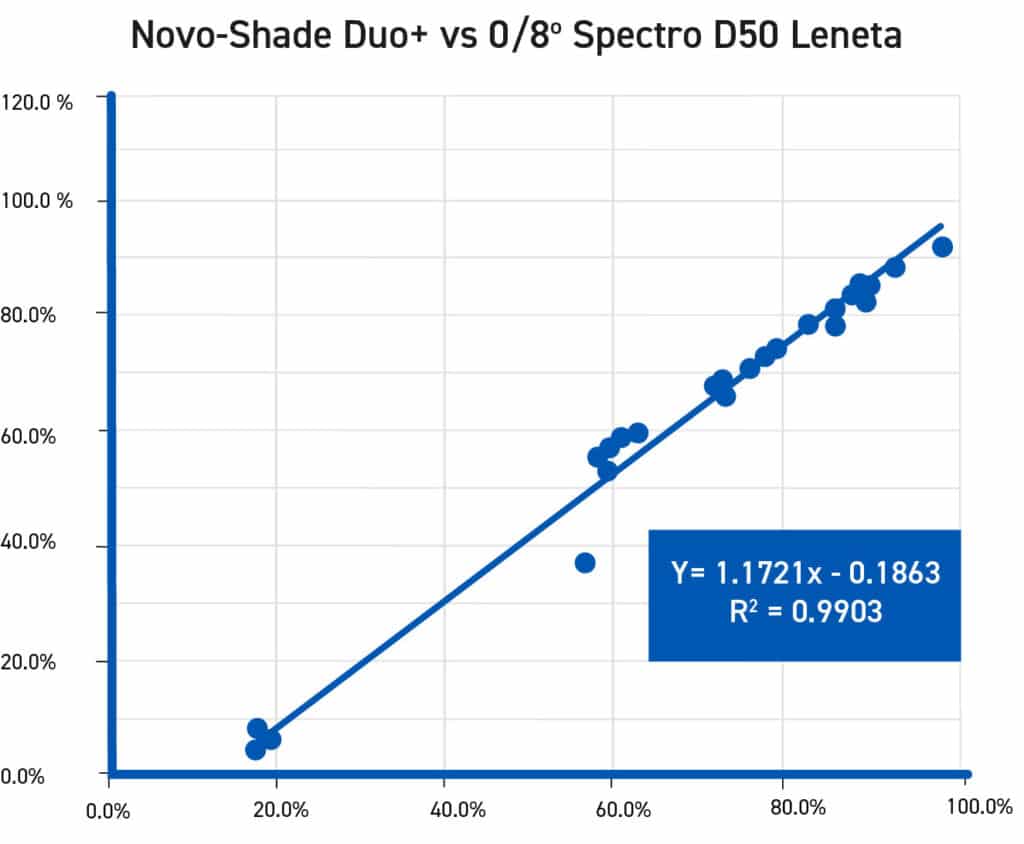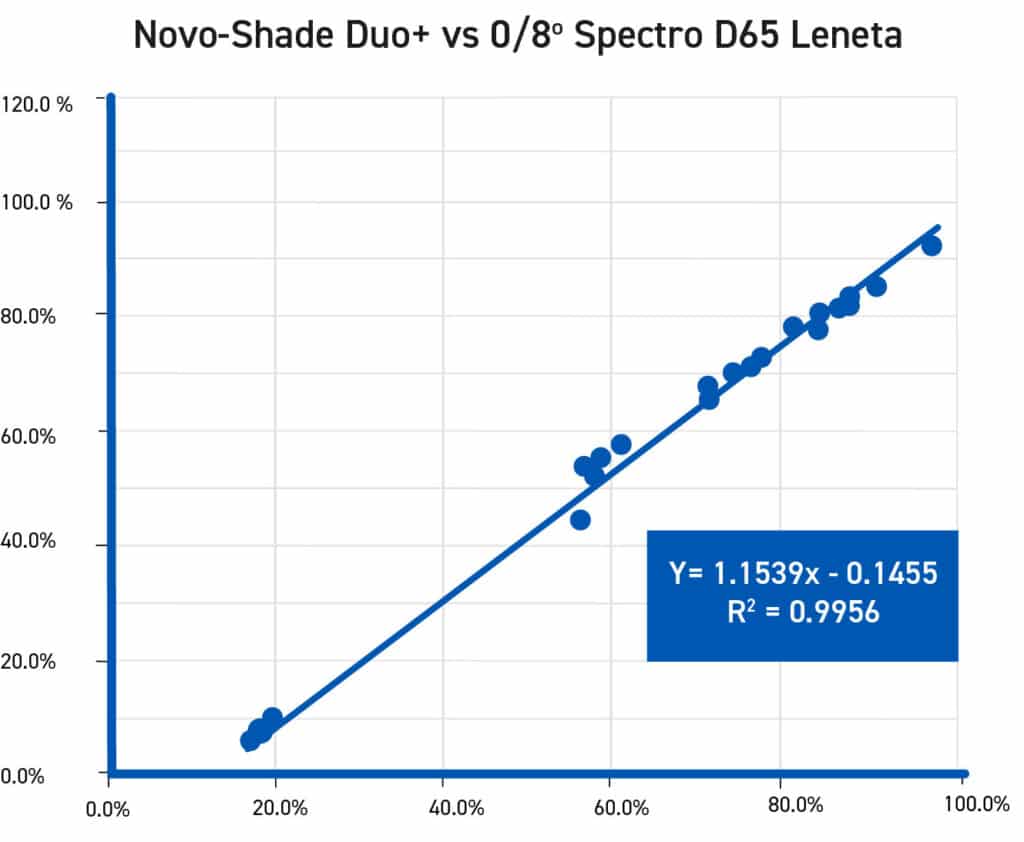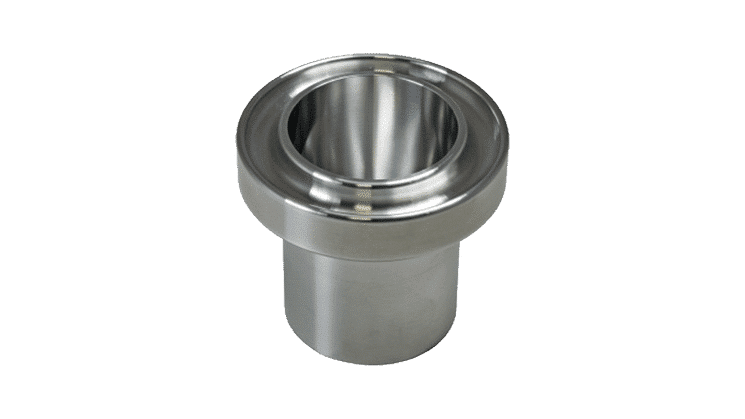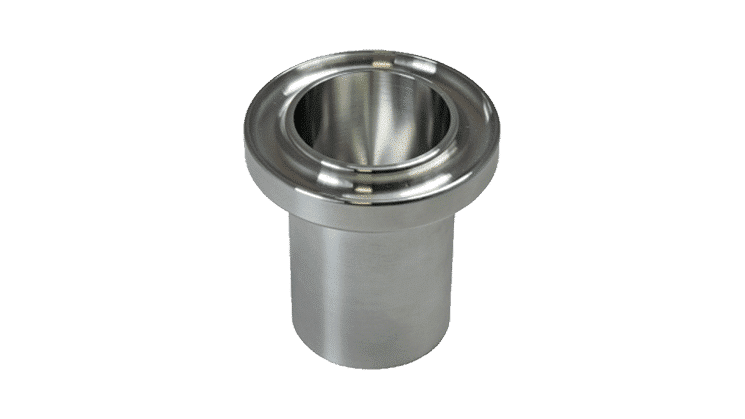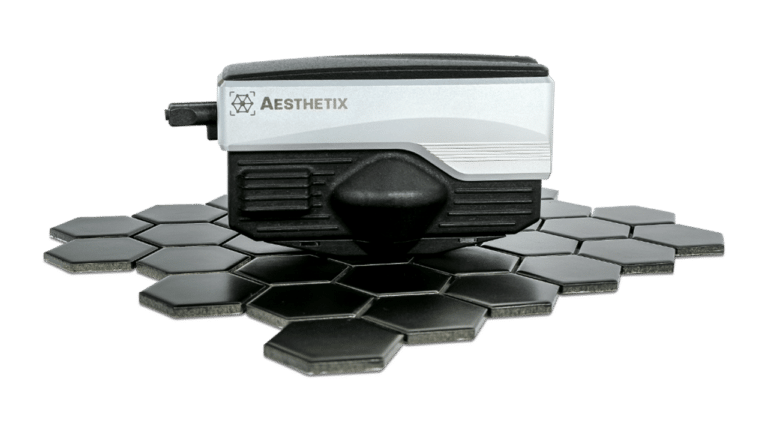
Aesthetix®: The Ultimate Surface Finish Solution
- Fully characterise all aspects of appearance perception - Why does this matter?
- Modular solution: Surface Brilliance | Cross-cut Adhesion | Texture | Effect Finish | Polishing Quality
- Aesthetix® can be used in-laboratory, portable in-field, inline in the production environment or as part of a Cobot / Robot solution
- Measures flat surfaces, curved parts and small surface areas
